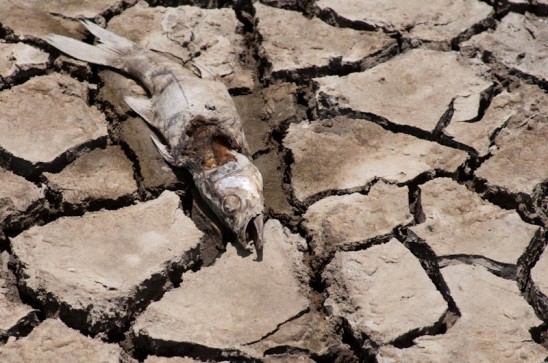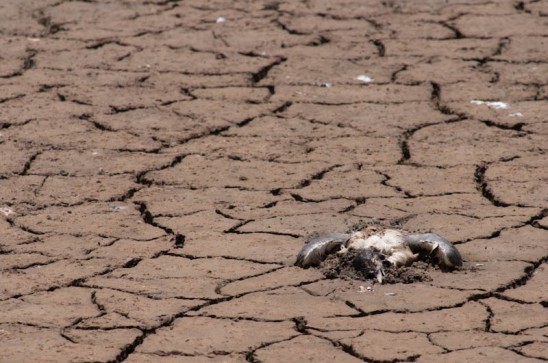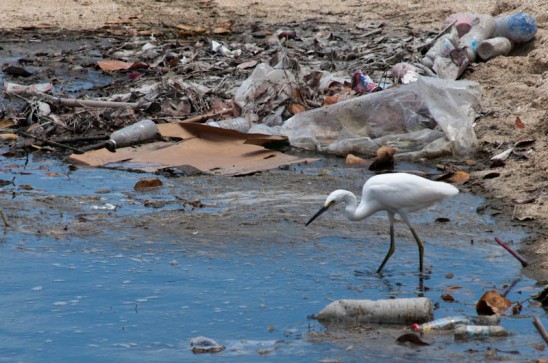With polluted water from Salines d’Orient contaminating Le Galion, polluted water from Étang Chevrise contaminating Orient Bay, it has been a bad couple weeks for Saint Martin’s salt ponds. More accurately, it’s been a bad couple decades, and perhaps now the impacts of poor environmental stewardship are accelerating. Perhaps it is not entirely bad. We may be content to live with the smell of our own waste rising from our ponds, but when we can’t swim at our beaches maybe we will make a change.
At Salines de l’Aeroport in Grand Case, I have been noticing some troubling signs as of late. Dead fish and crabs in the water and along the shore have been noticeable the past few days, though not in the thousands like last year at Salines d’Orient. Perhaps they are an indicator of worse things to come.

On the mud flats near the airport, I was surprised to see six dead laughing gulls ( Leucophaeus atricilla). Although some of the dead fish show signs that they had been partially scavenged, I couldn’t say whether the two things are related. It is something I haven’t seen before, though.

Meanwhile, life goes on, despite our best efforts to ruin things. A snowy egret fishes for guppies in a trash-filled canal. Laughing gulls congregate on the mud flat surrounded by the bodies of their kin. Killdeer and black-necked stilts shriek warning calls and feign broken wings, a good sign that there are nests nearby. Sandwich terns fly off with fish before becoming a target for the circling frigatebirds. Willet wander the mud flat, mostly in pairs. Green herons and yellow-crowned night herons hunt at the edge of the mangroves. Life goes on, and for now, there is destruction, but not quite disaster.




















































